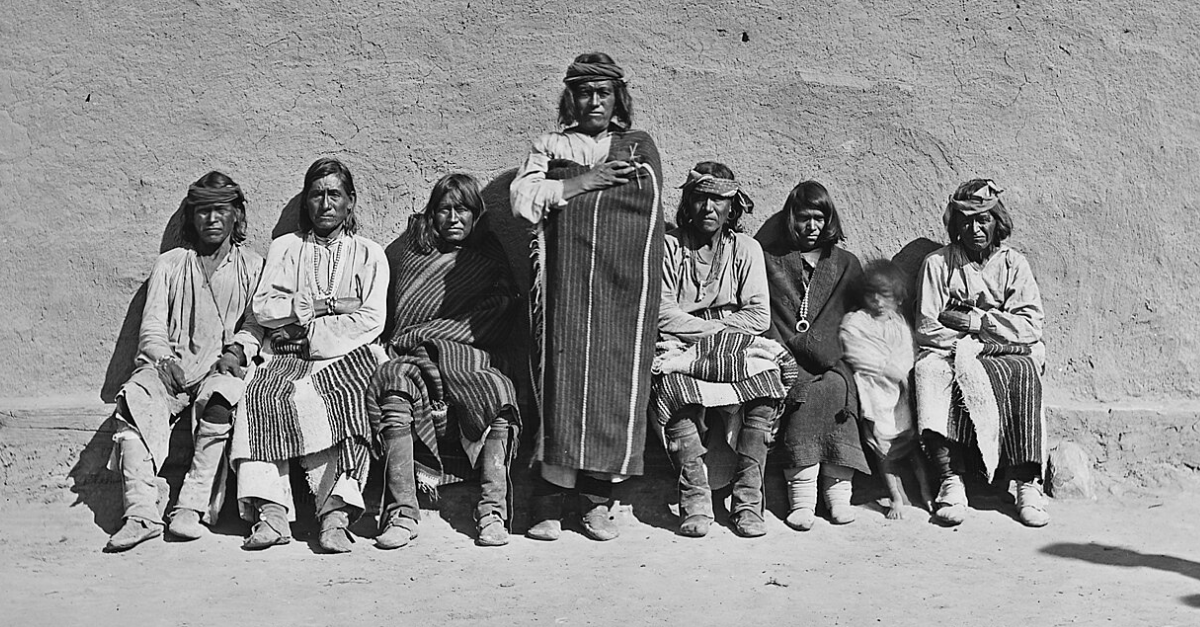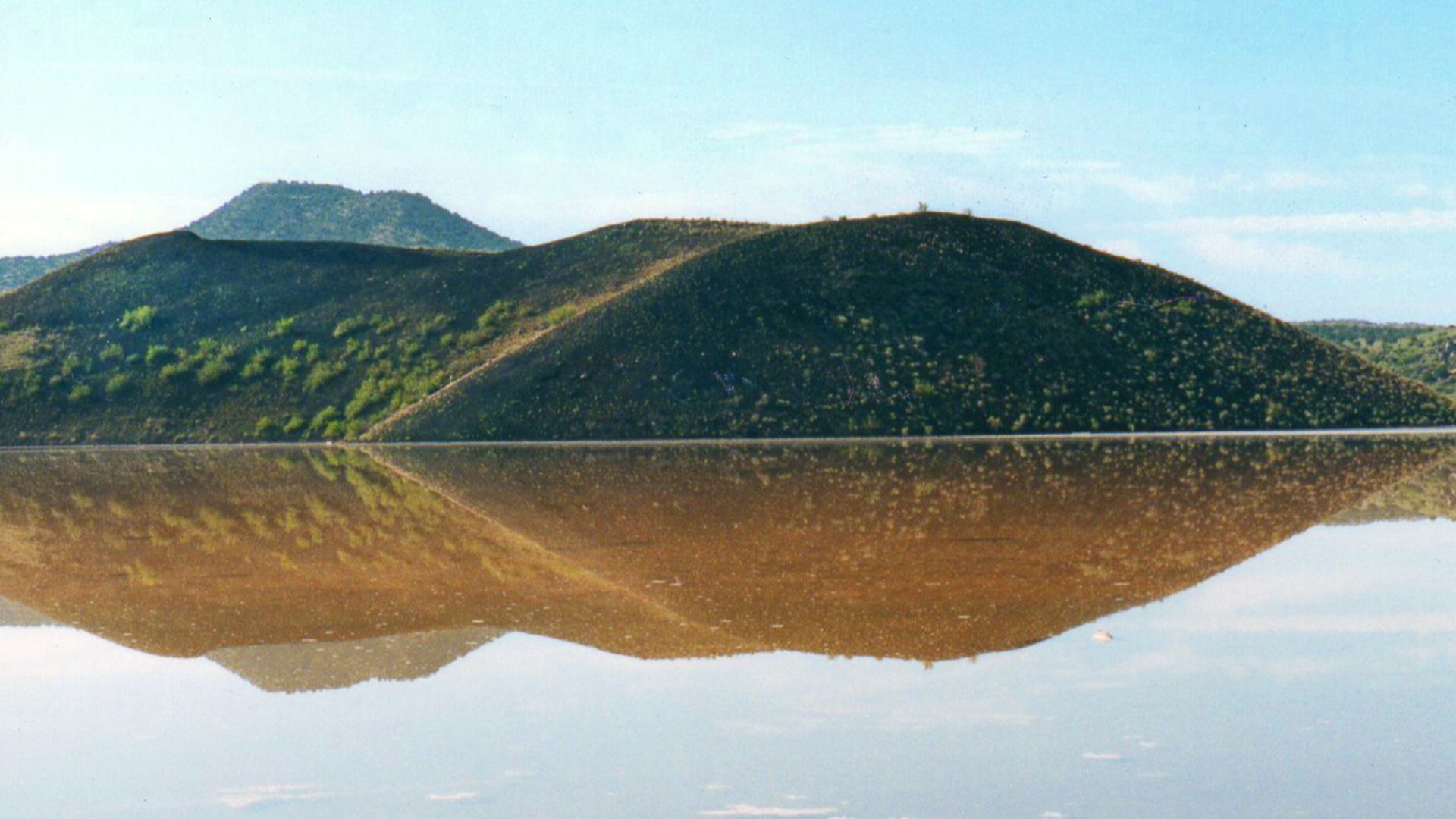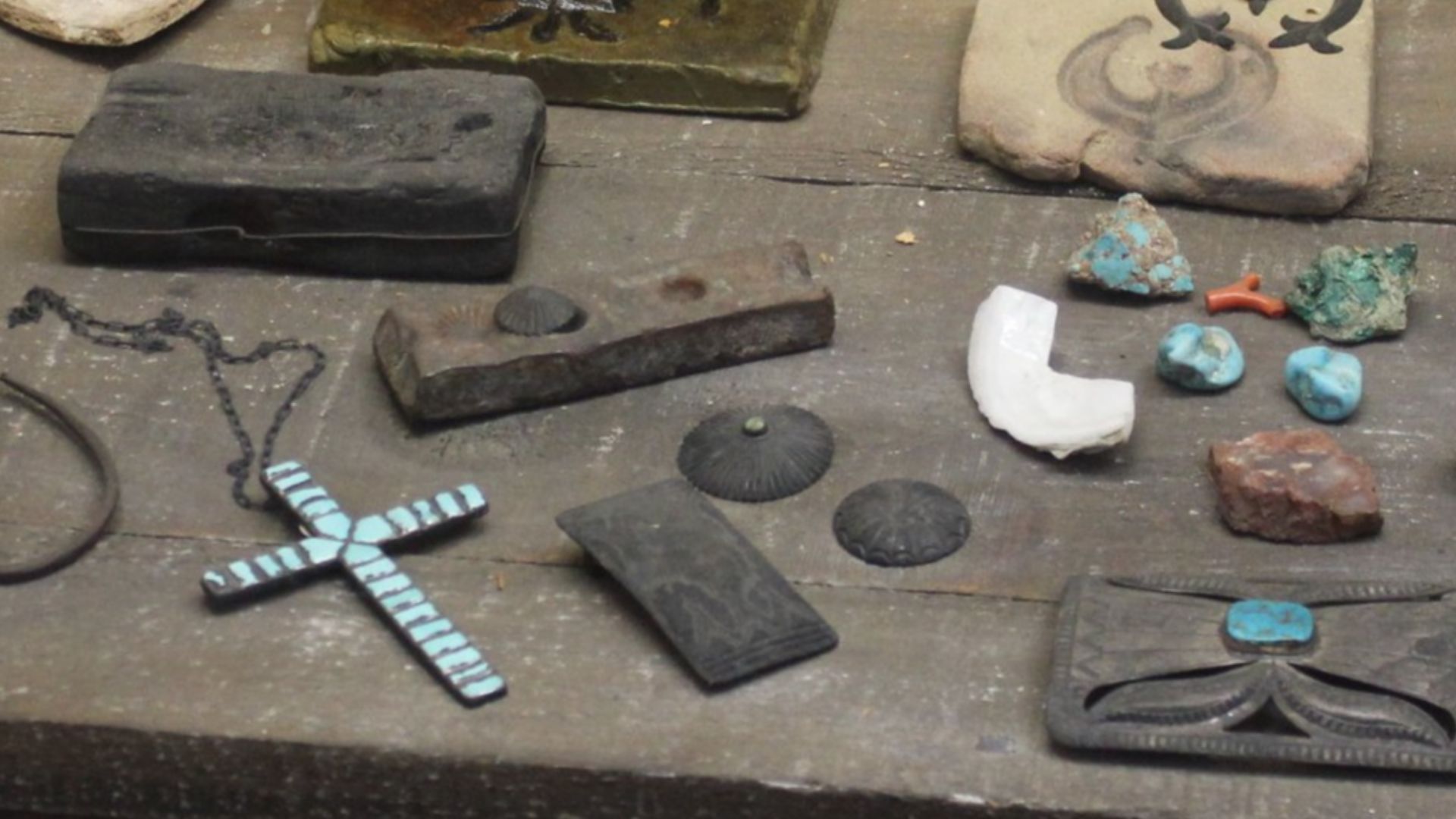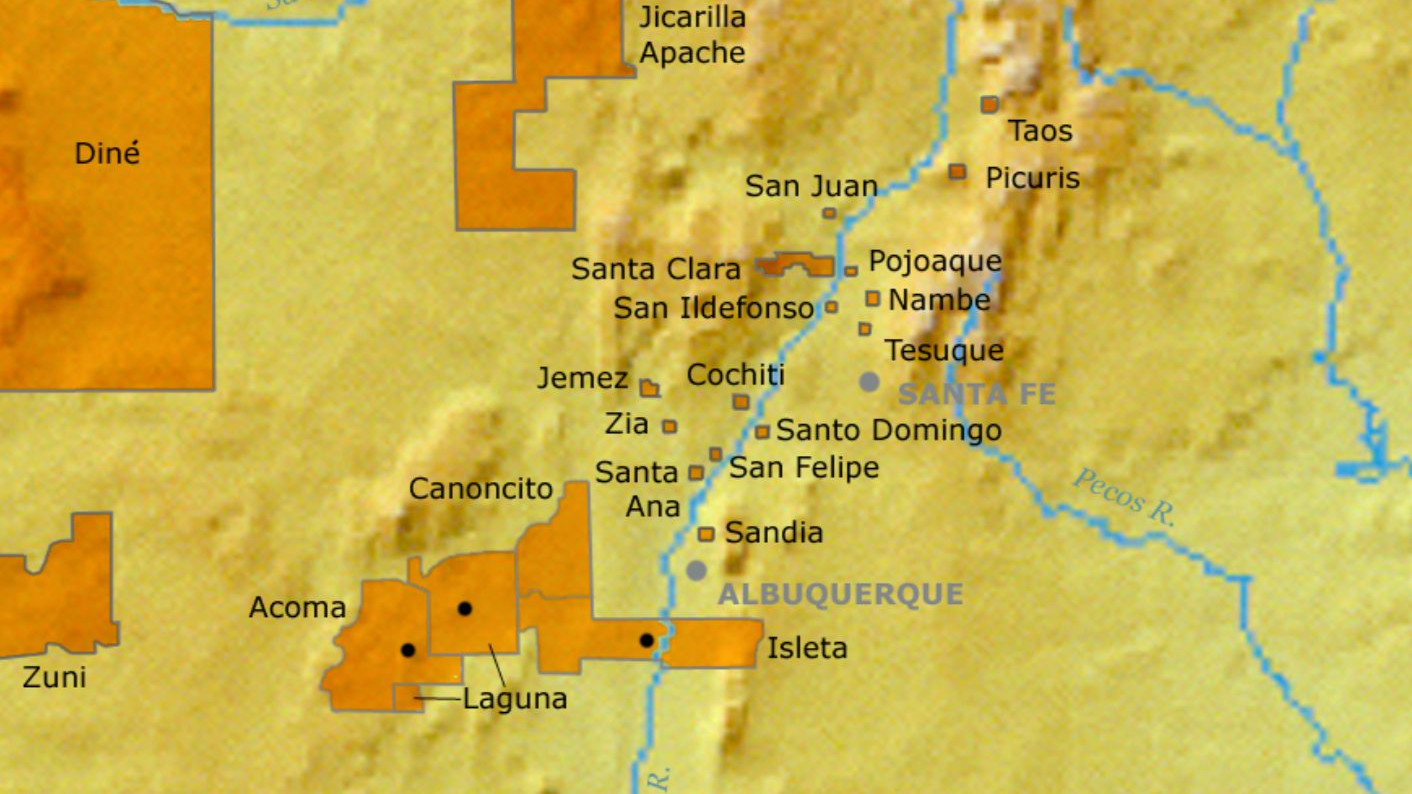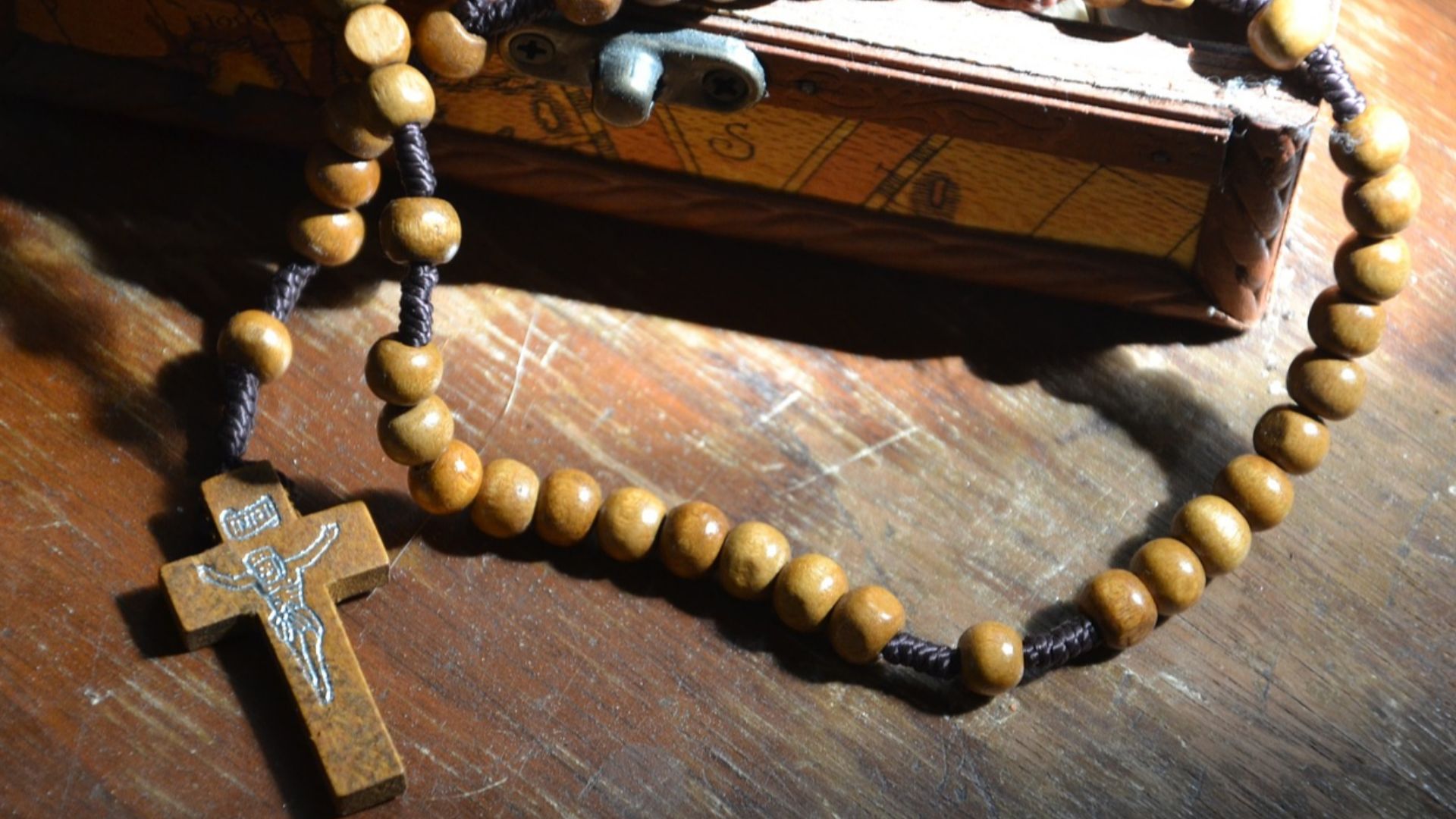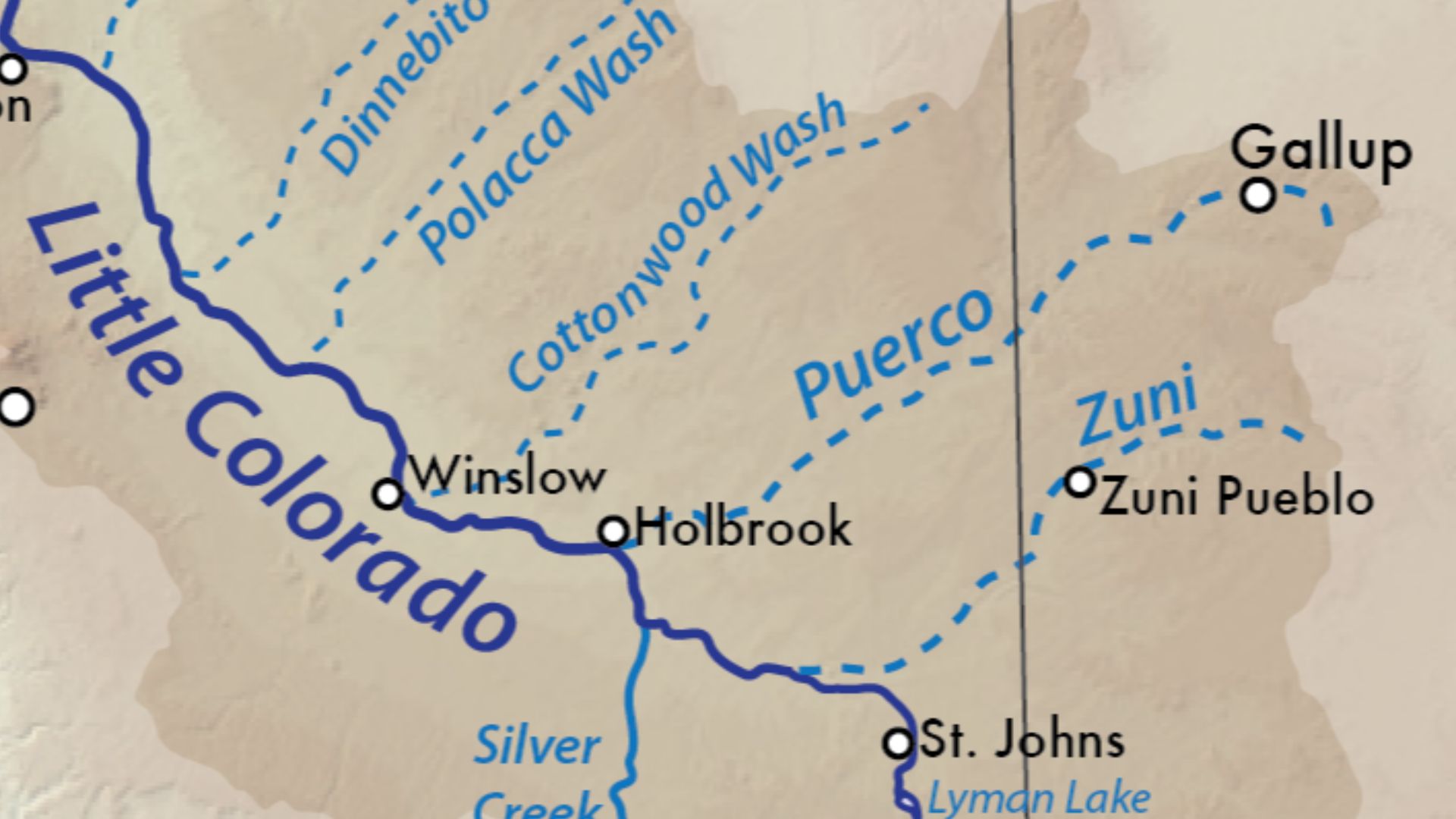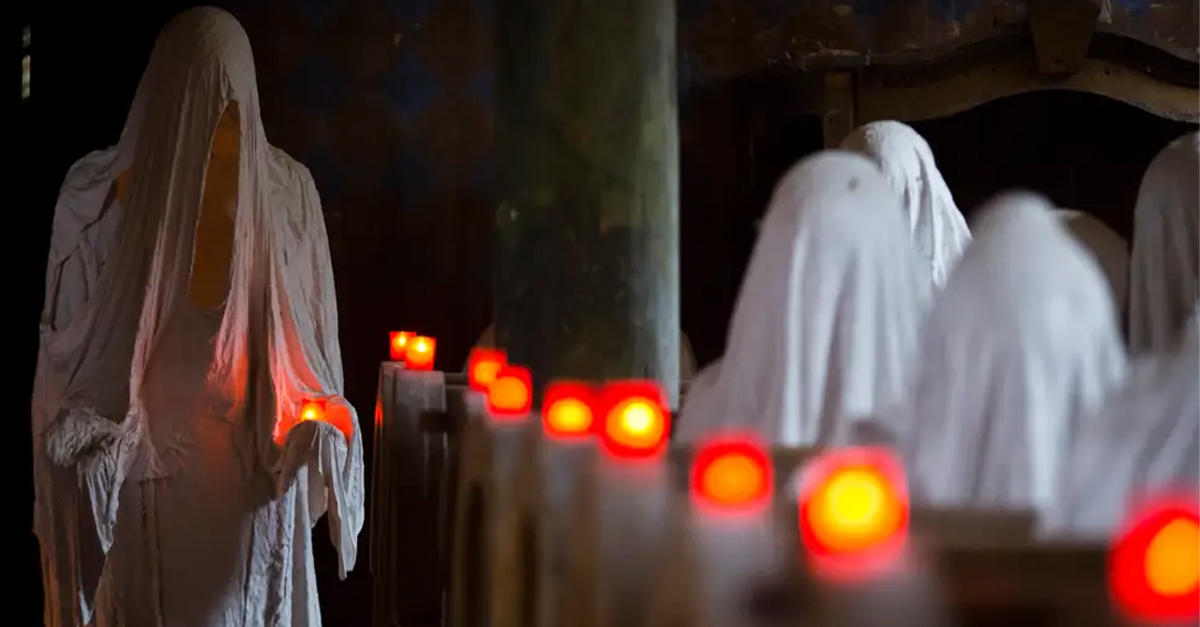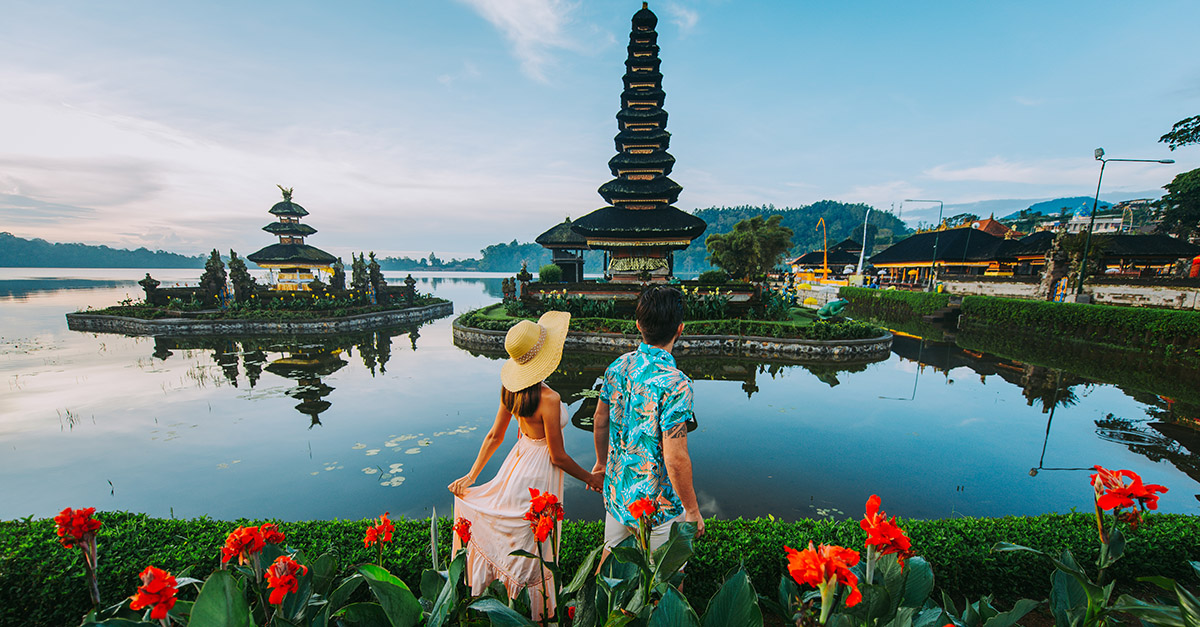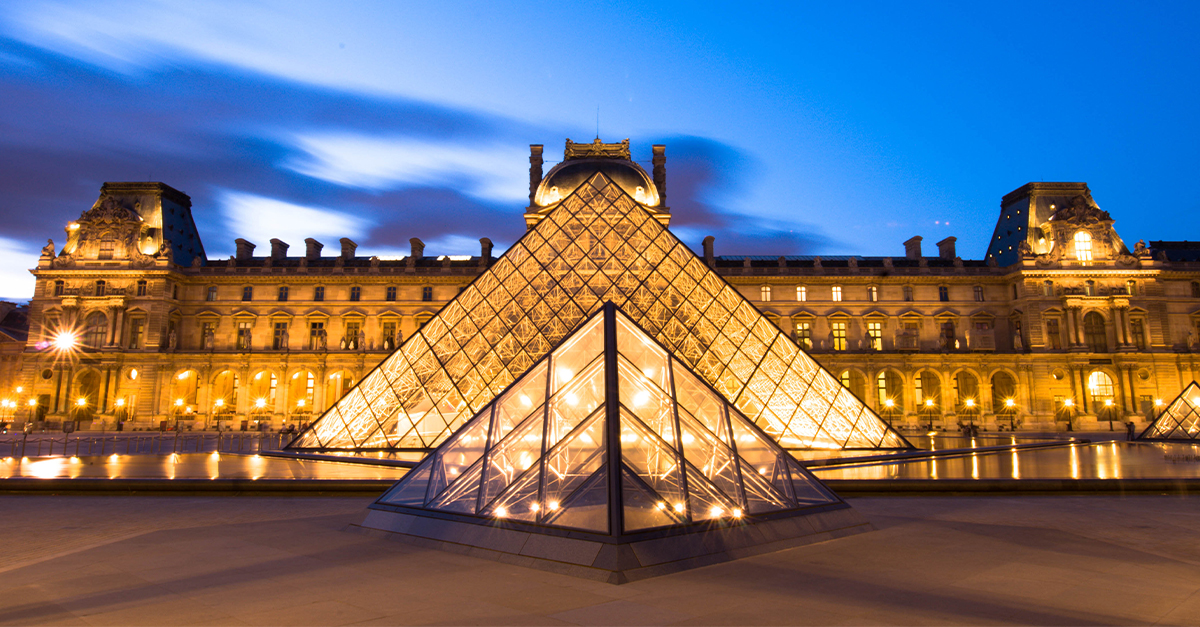The People Of The Middle Place
The Zuni call their homeland Halona Idiwan’a—“the Middle Place”. It’s not just a poetic nickname; to them, this pueblo in western New Mexico is the very center of the world. That sense of rootedness has kept their culture thriving for thousands of years.
Farmers For Millennia
Long before supermarkets and tractors, the Zuni were out farming the desert. Archaeologists say they’ve been cultivating maize for at least 3,000 years, using irrigation systems to coax green life out of dry soil. Their crops weren’t just food—they were a way of anchoring their society to the land.
Multi-Level Adobe Homes
Picture a desert skyline made of sun-dried bricks. Zuni homes were built in stacked tiers, like natural skyscrapers rising from the sand. They were practical against heat and unknown enemies.
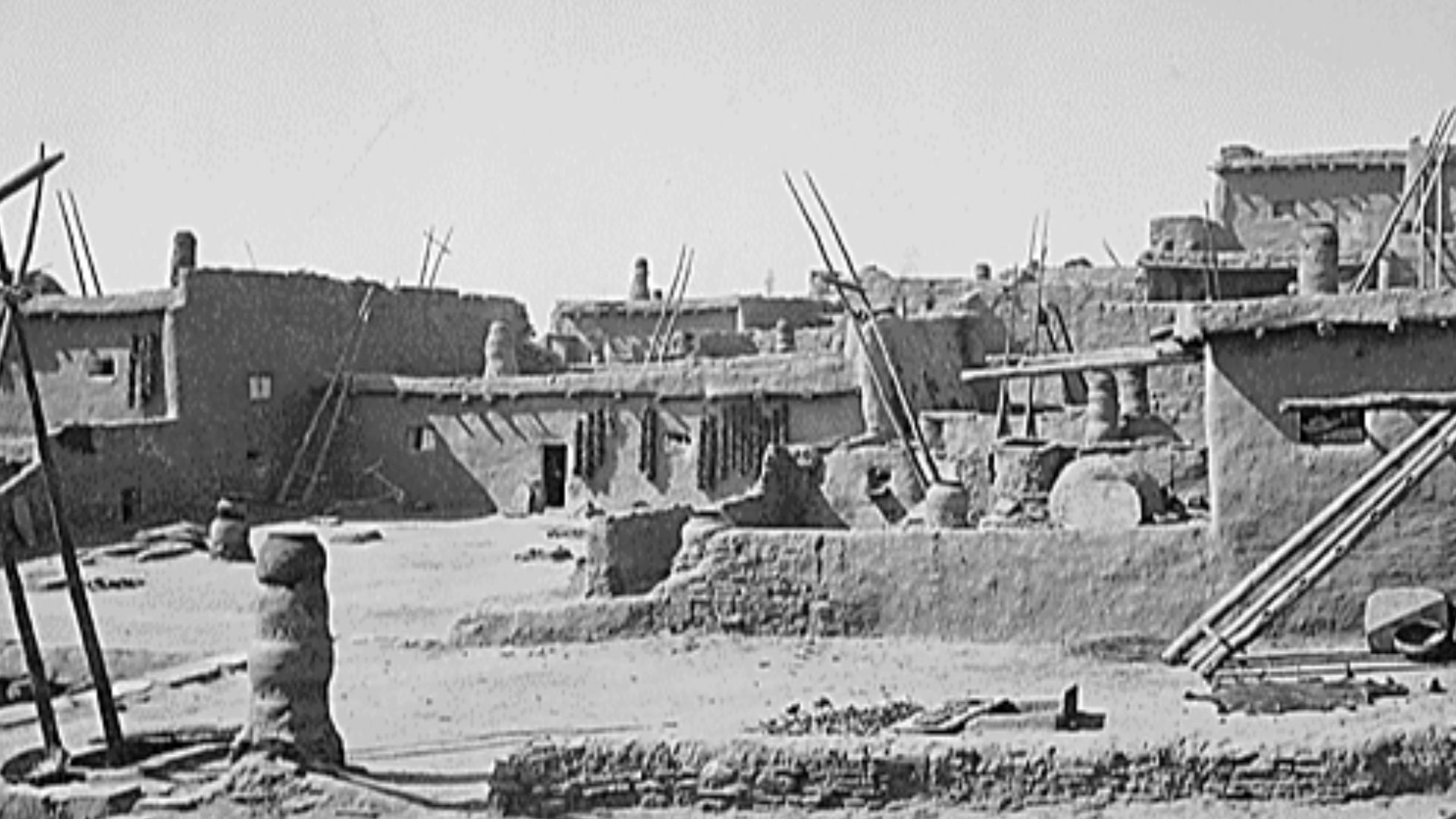 John K. Hillers, Wikimedia Commons
John K. Hillers, Wikimedia Commons
Salt From Sacred Waters
The Zuni didn’t just season their food with salt—they treated it as a gift from the gods. For centuries, pilgrimages to Zuni Salt Lake were both spiritual and practical, a way of keeping their world in balance. Every handful carried both survival and ceremony.
Pottery That Defied Time
If you’ve ever seen Zuni pottery, you know it’s unforgettable—white clay painted with sharp black lines and flowing designs. These weren’t just kitchenware, they were sacred storytellers, decorated with water symbols and spirit beings. Even broken shards dug up today still whisper their meaning.
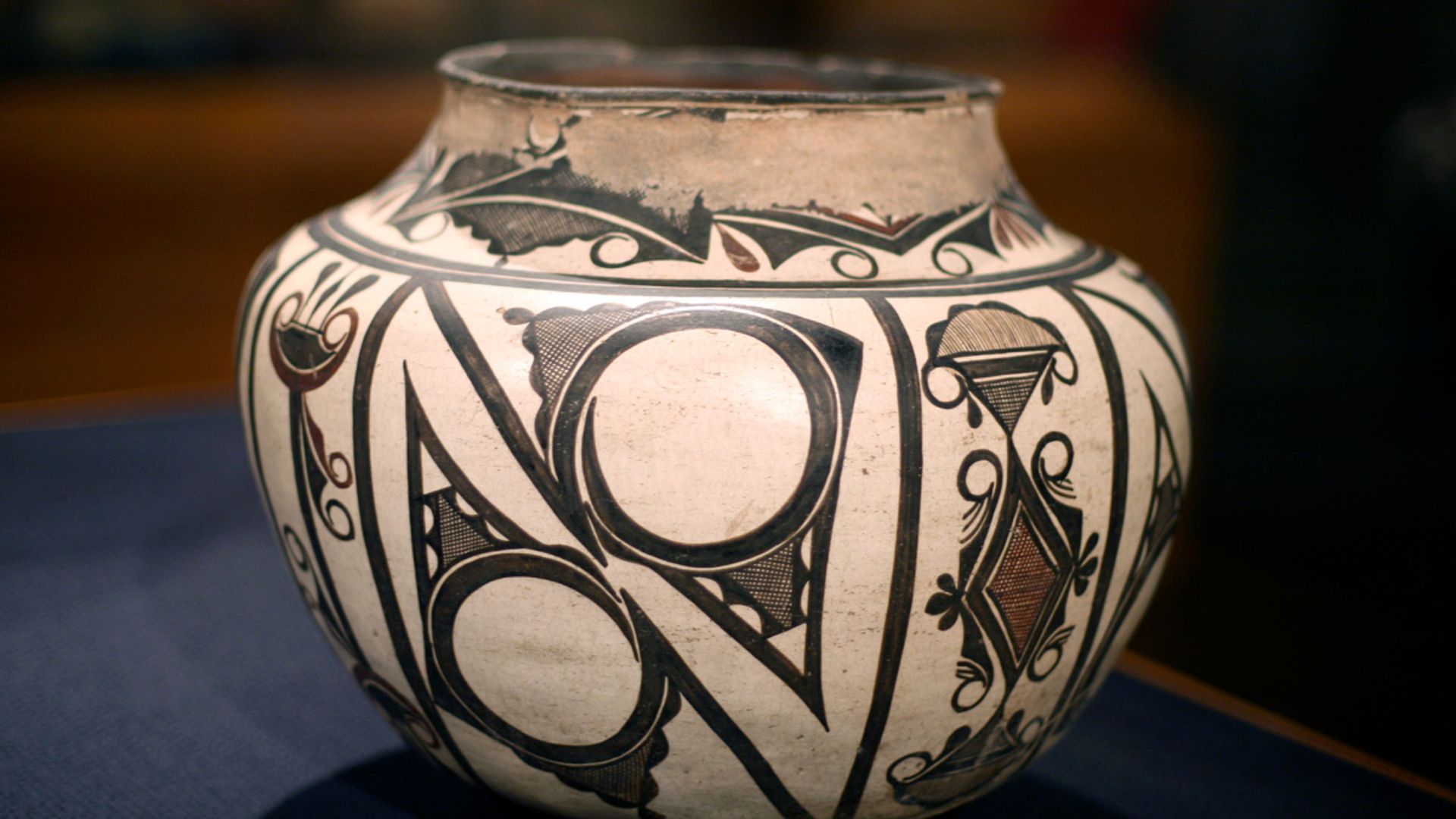 Wikipedia Loves Art participant "shooting_brooklyn", Wikiimedia Commons
Wikipedia Loves Art participant "shooting_brooklyn", Wikiimedia Commons
Fetishes Of Stone And Spirit
Tiny carved animals, known as fetishes, are one of the Zuni’s most famous creations. To outsiders they look like collectibles, but to the Zuni they are much more—living symbols of power and protection. Each stone creature carries the spirit of the animal it represents.
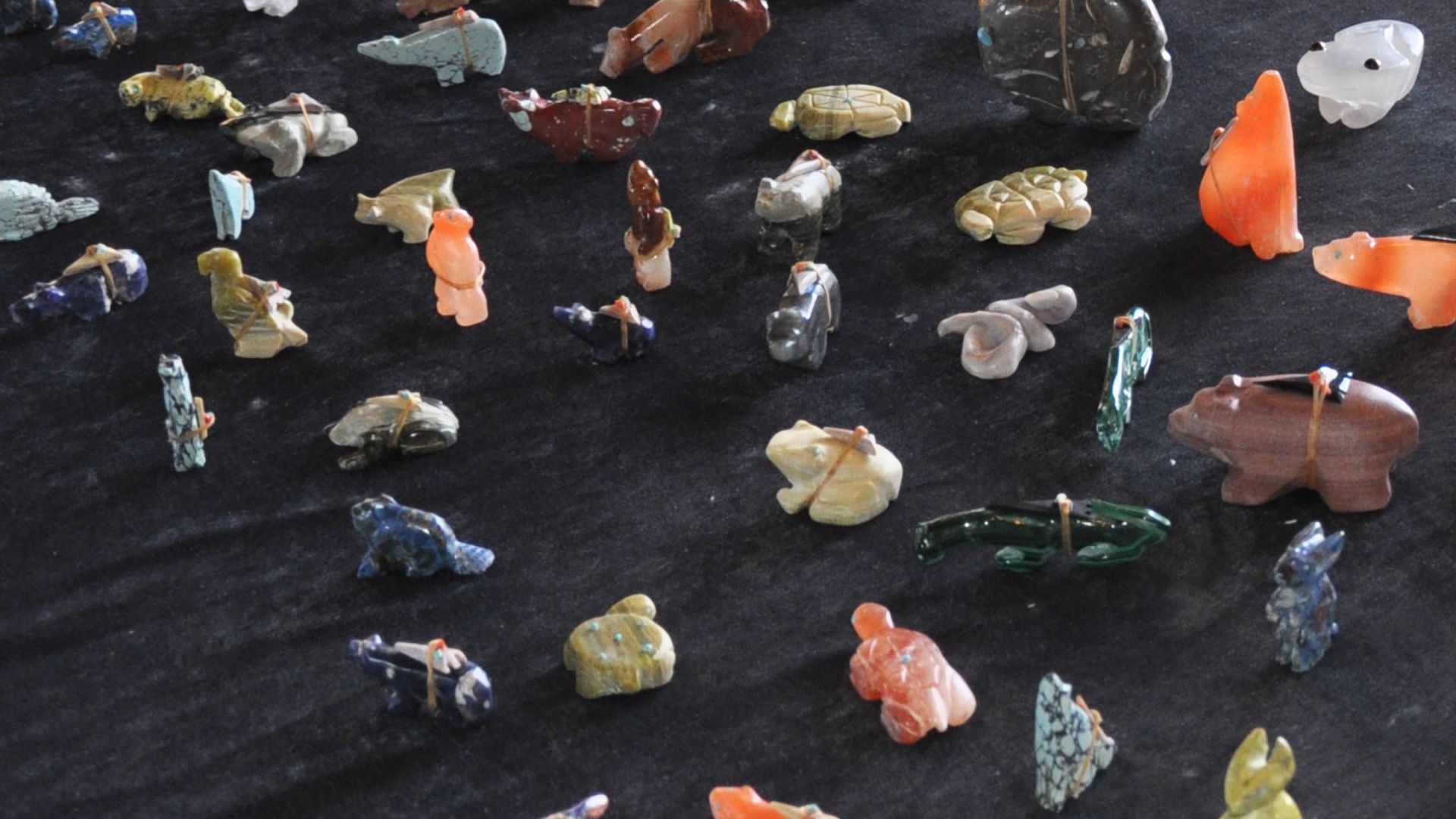 Grand Canyon National Park, Wikimedia Commons
Grand Canyon National Park, Wikimedia Commons
Masters Of Silversmithing
When silverworking entered their world, the Zuni made it their own. Bracelets, pendants, and rings set with turquoise became their specialty, each piece bursting with intricate detail. To wear Zuni silver is to carry generations of craftsmanship on your wrist.
The Power Of Rain Priests
In the desert, rain is everything—and calling it down is serious business. That’s where the Zuni rain priests come in, guardians of rituals meant to coax storms from the sky. Their ceremonies weren’t just spiritual—they were a matter of survival.
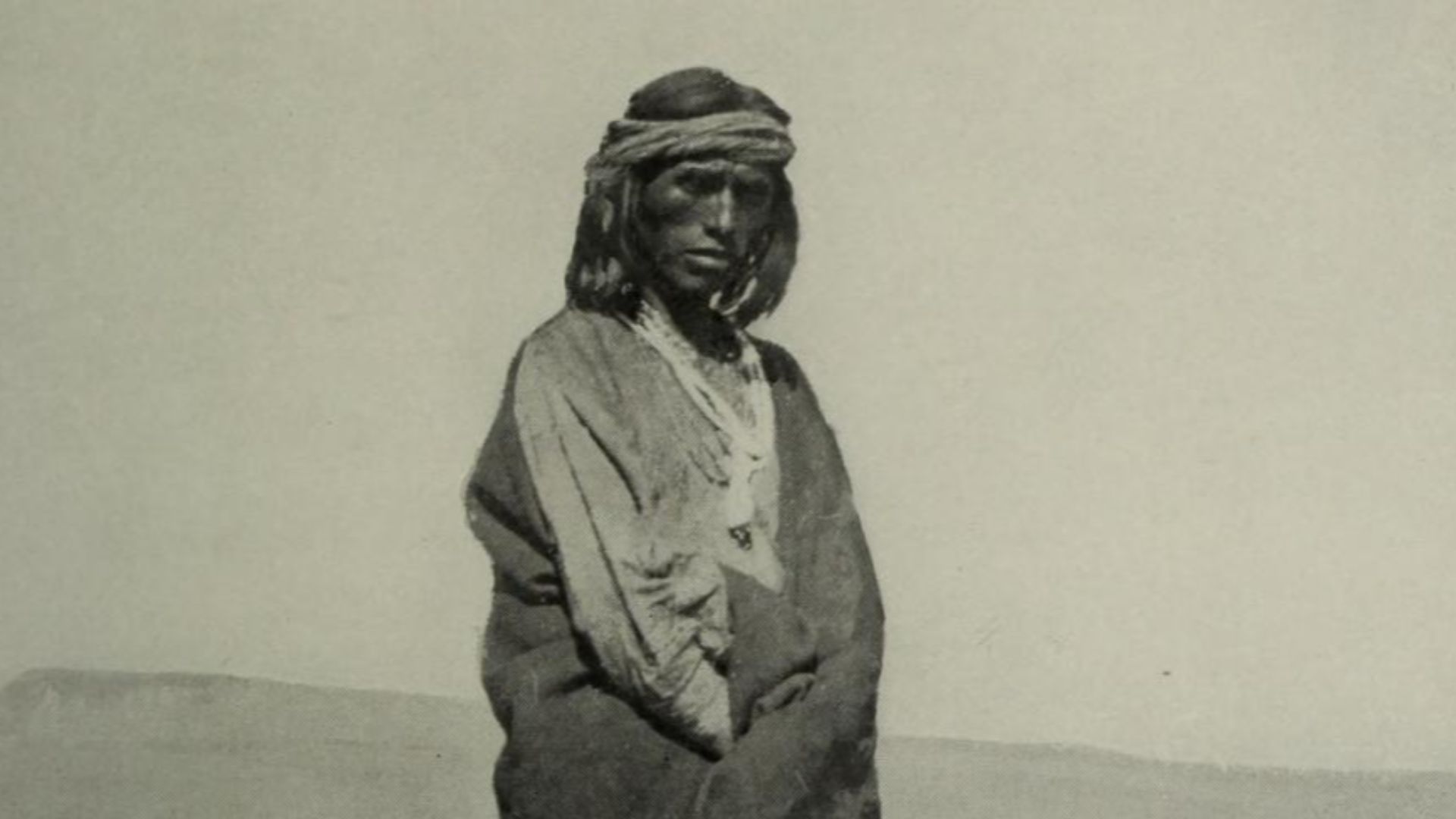 Matilda Coxe Stevenson, Wikimedia Commons
Matilda Coxe Stevenson, Wikimedia Commons
Shalako’s Towering Spirits
Imagine giant masked figures, their heads crowned with towering structures, striding through the pueblo at night. That’s the Shalako ceremony, one of the Zuni’s most stunning rituals. It blesses new homes, calls down good fortune, and turns the village into a living theater of spirits.
Language Of The A:shiwi
The Zuni call themselves A:shiwi, and they speak Shiwi’ma. Here’s the wild part—it’s a language isolate, meaning it’s not related to any other known tongue. Keeping it alive is like holding onto a one-of-a-kind key to the past.
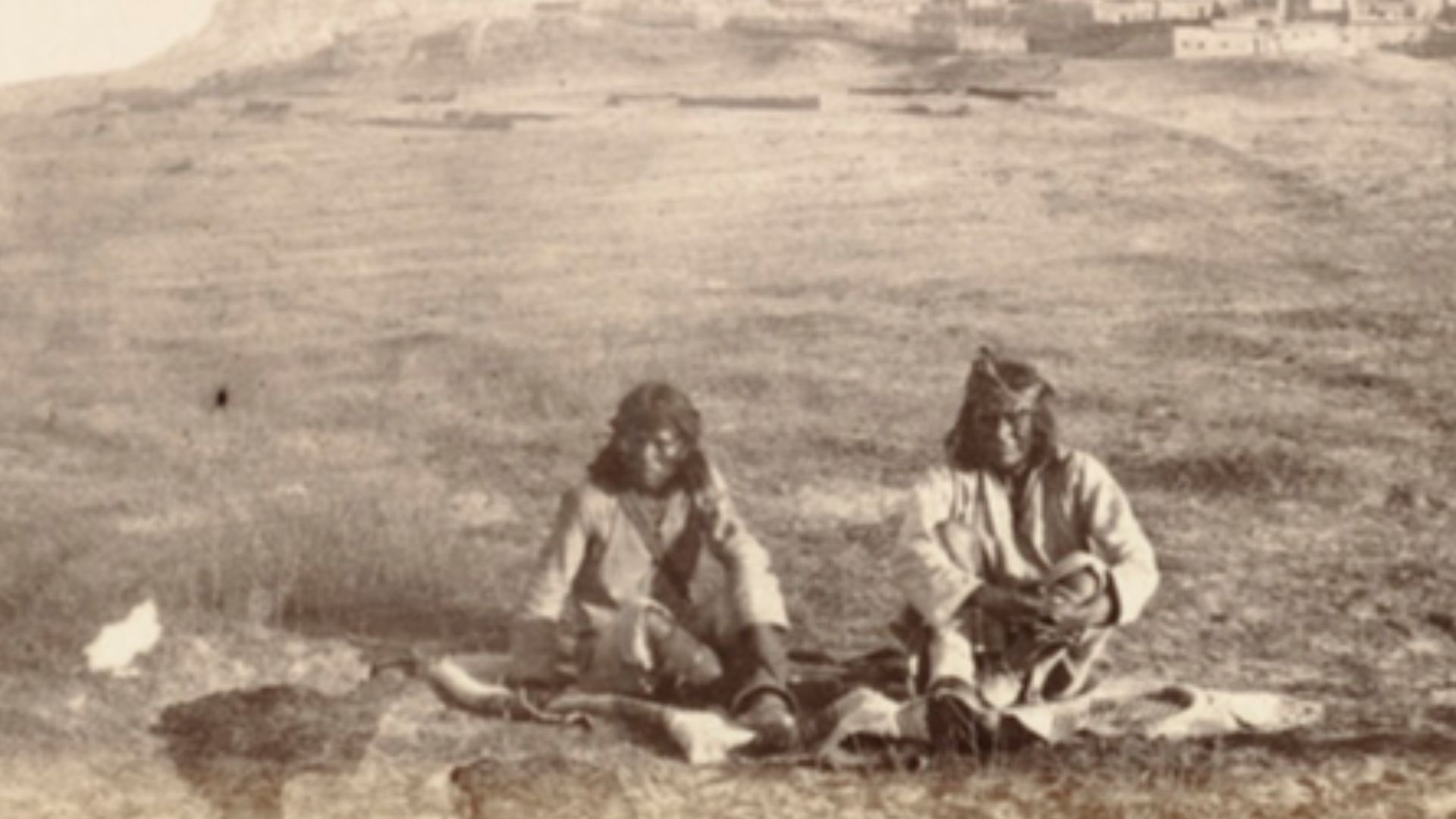 Gardner, Alexander, 1821-1882, Wikimedia Commons
Gardner, Alexander, 1821-1882, Wikimedia Commons
A Pueblo Like No Other
Yes, the Zuni are part of the larger Pueblo world, but don’t lump them in as “just another Pueblo tribe”. Their language, rituals, and traditions stand apart. They’ve always been fiercely their own people.
First Encounters With Spaniards
In 1539, Spanish explorers showed up at Zuni’s doorstep. What followed was a rocky relationship full of misunderstandings, power plays, and attempts to reshape Zuni life. But through it all, the Zuni clung to their traditions.
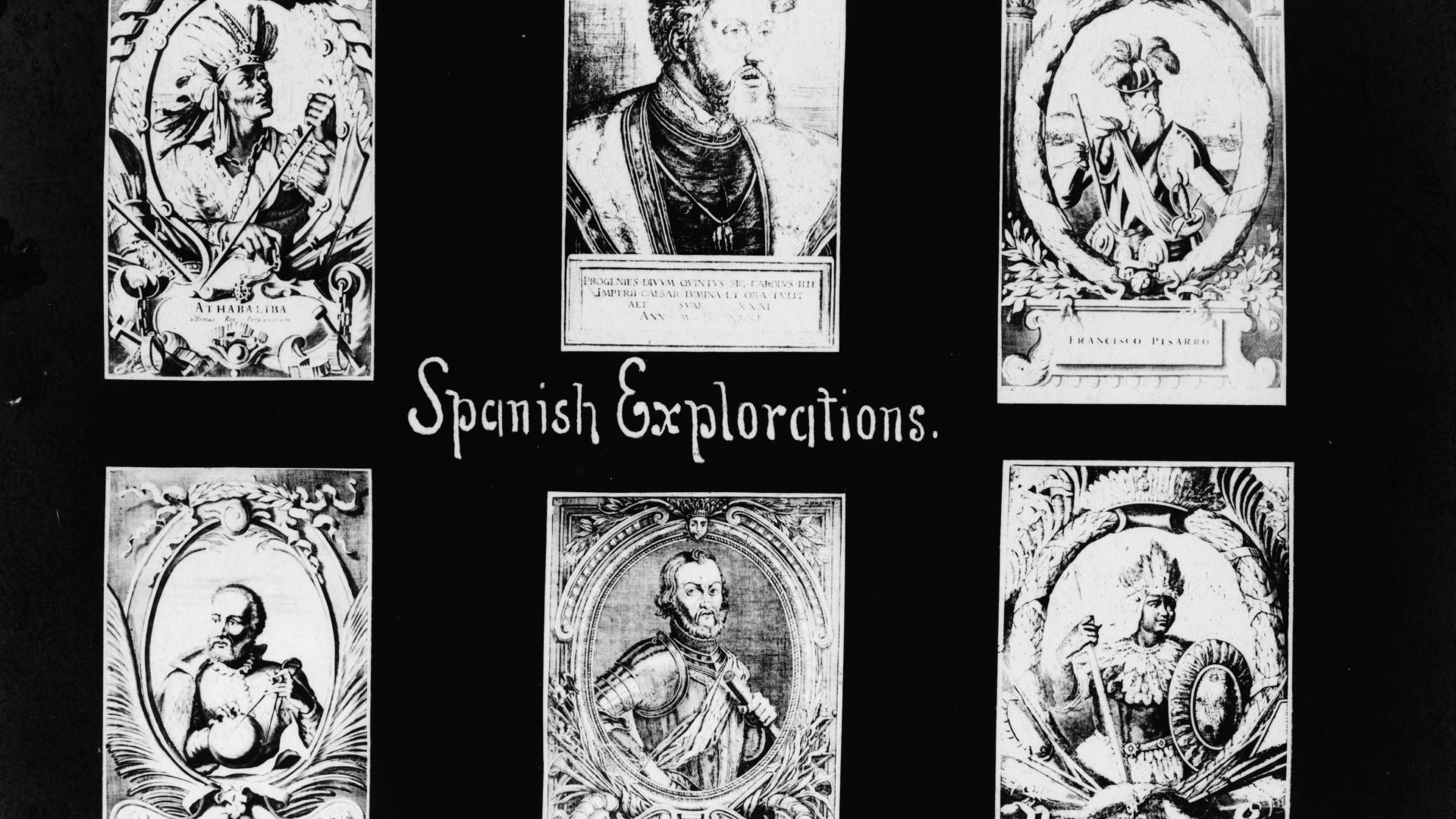 Miscellaneous Items in High Demand, PPOC, Library of Congress, Wikimedia Commons
Miscellaneous Items in High Demand, PPOC, Library of Congress, Wikimedia Commons
A Missionized Pueblo
The Spanish built missions and tried to bring Christianity to Zuni land. The people did adapt—at least on the surface—but behind the doors of their adobe homes, Zuni ceremonies continued. It was cultural survival in plain sight.
The Pueblo Revolt Of 1680
Fed up with oppression, Pueblo peoples across the Southwest—including the Zuni—rose up in 1680. The revolt was a short-lived but powerful stand for independence. It proved they wouldn’t quietly surrender their way of life.
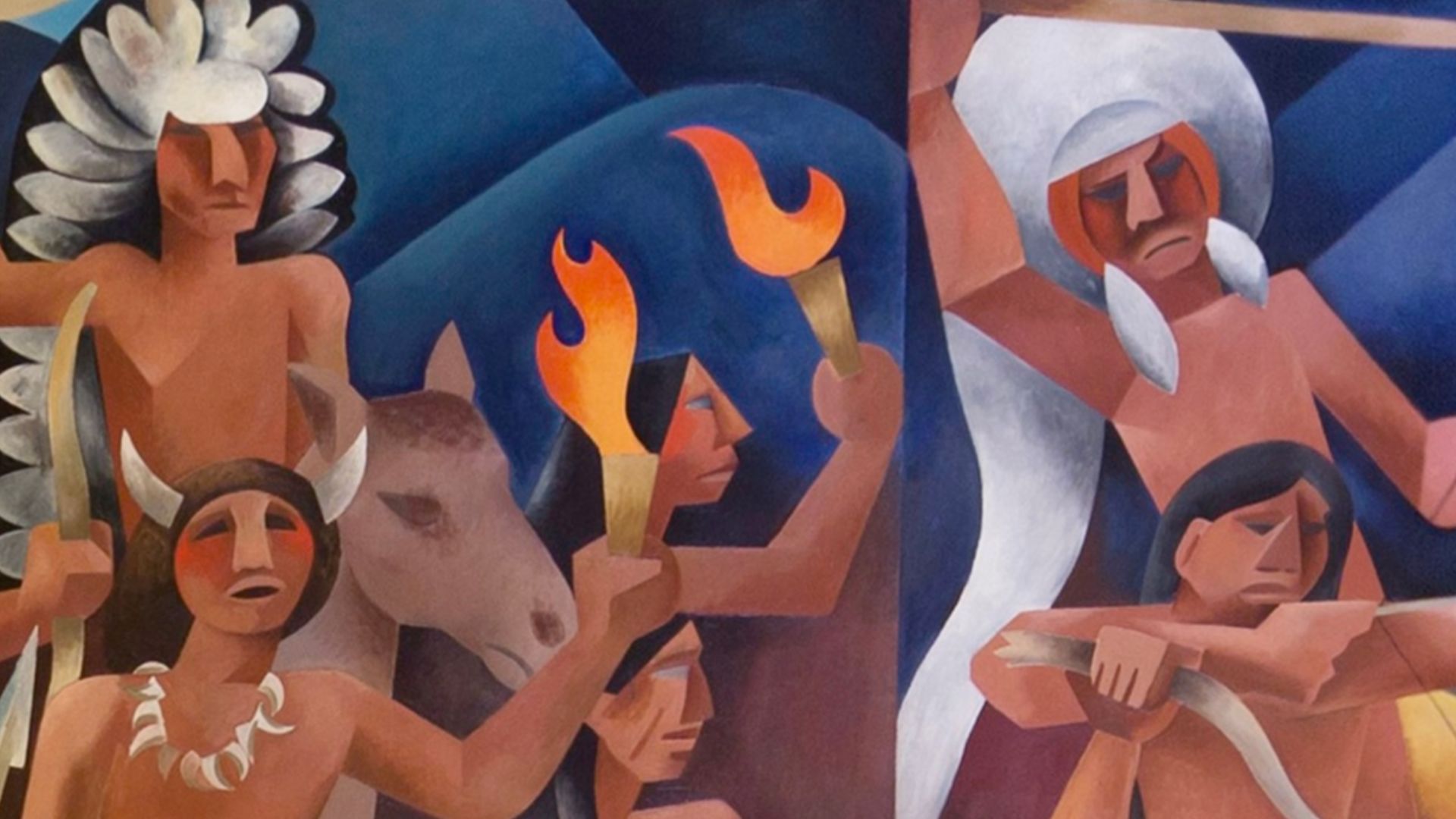 Loren Mozley for TRAP (USgov), 1936, Wikimedia Commons
Loren Mozley for TRAP (USgov), 1936, Wikimedia Commons
The Zuni Reservation
Fast forward to today, and most Zuni live on their reservation in western New Mexico. Their pueblo sits on the Zuni River, with lands stretching into Arizona and Catron County. It’s still the heart of their world, just as it’s always been.
A People Of About 10,000
Compared to massive tribes like the Navajo or Cherokee, the Zuni are a small community of around 10,000. But don’t let the numbers fool you—their cultural reach is enormous. Walk into a gallery anywhere in the Southwest, and chances are you’ll see Zuni art.
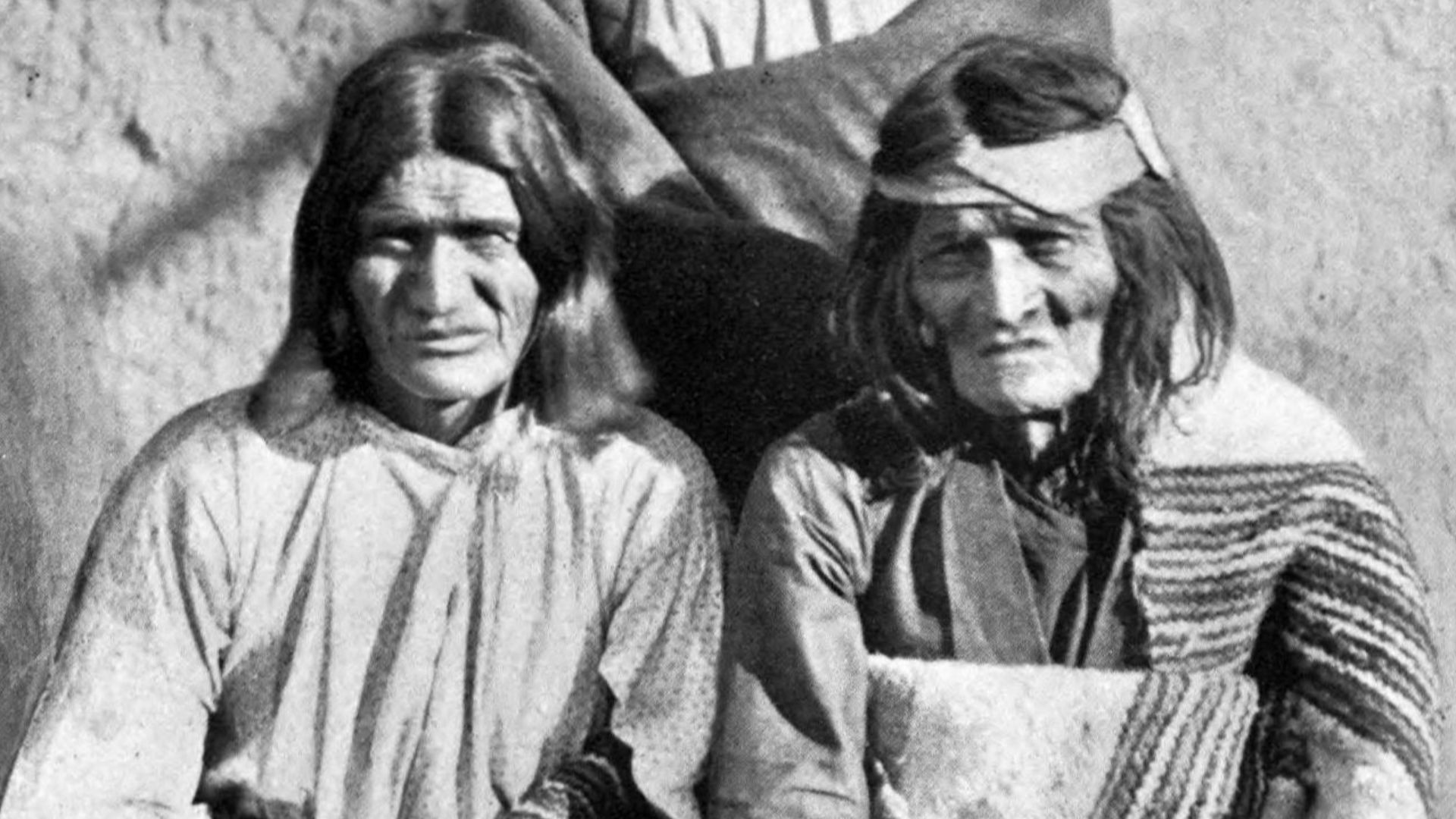 Unknown authorUnknown author, Wikimedia Commons
Unknown authorUnknown author, Wikimedia Commons
Ancient Kivas And Sacred Spaces
Ancestral Zuni villages held kivas, underground ceremonial chambers that served as spiritual doorways. Stepping inside was like entering the underworld, a space where humans could commune with the sacred. These structures made faith literally part of their foundations.
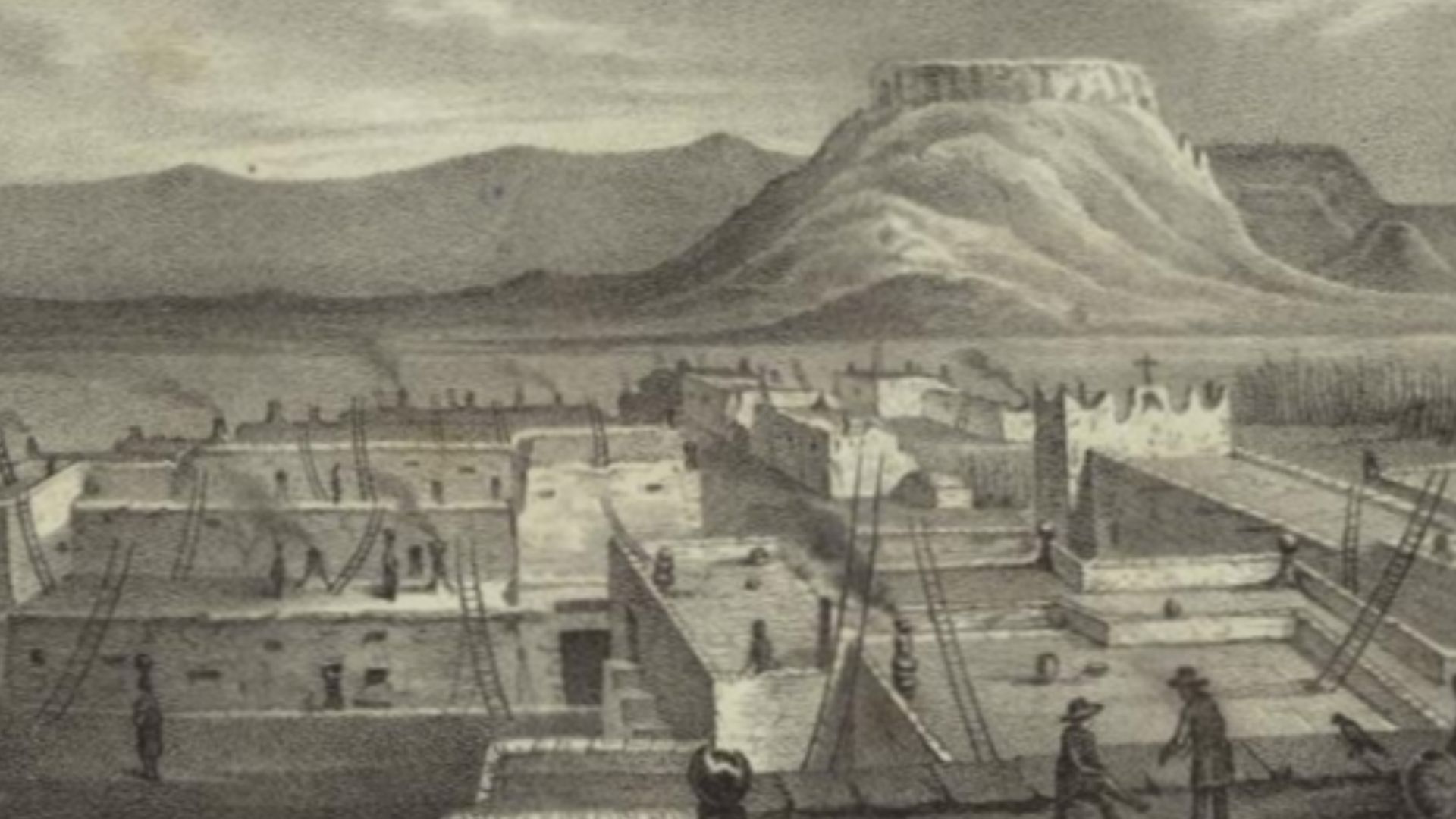 Richard H. Kern; Peter S. Duval, Wikimedia Commons
Richard H. Kern; Peter S. Duval, Wikimedia Commons
Links To The Mogollon Past
The Zuni aren’t a culture that just popped up out of nowhere. Their roots trace back to the Mogollon and Ancestral Puebloan peoples, with villages dating back to at least 700 A.D. Their history is written across the desert in stone ruins and pottery fragments.
 DiSchamelrider (talk) (Uploads), Wikimedia Commons
DiSchamelrider (talk) (Uploads), Wikimedia Commons
Christianity Meets Zuni Mythology
Today, some Zuni attend church on Sunday and still participate in traditional ceremonies. To outsiders that might sound contradictory, but for the Zuni it’s balance. They blended the two worlds without losing the heart of their own traditions.
 Invited to Secluded Indian Reservation (Zuni Pueblo Tribe) 🇺🇸, Peter Santenello
Invited to Secluded Indian Reservation (Zuni Pueblo Tribe) 🇺🇸, Peter Santenello
A Culture In Popular Memory
Anthropologists, filmmakers, and even tourists have long been fascinated by Zuni life. From ceremonies to art, the outside world has often watched—but the Zuni remain far more than a spectacle. They’re a living, breathing community, not a museum exhibit.
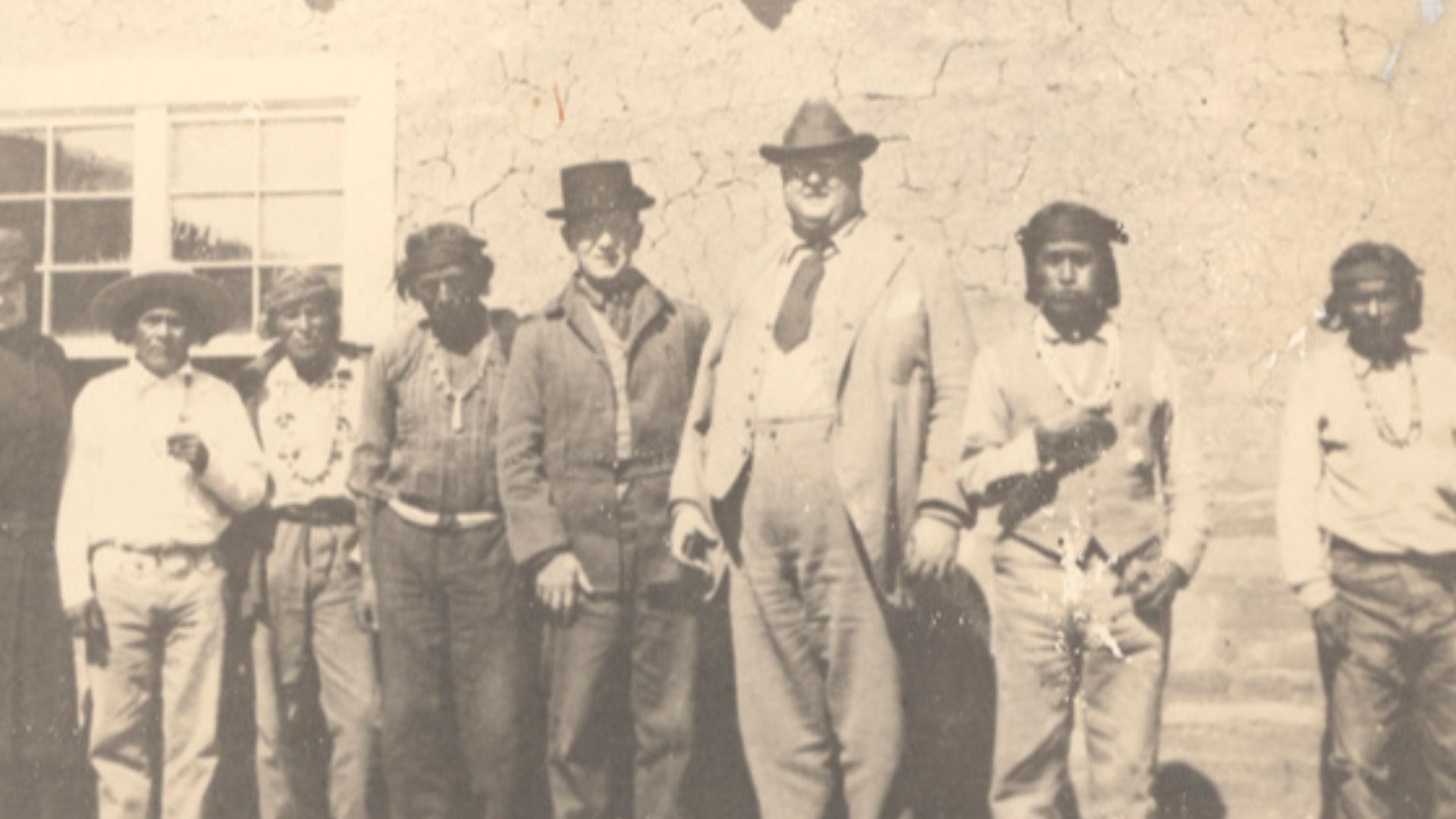 Unknown authorUnknown author, Wikimedia Commons
Unknown authorUnknown author, Wikimedia Commons
Notable Zuni Figures
From artists keeping traditional jewelry alive to leaders who speak for their people, Zuni individuals have stepped into the spotlight. Their work brings Pueblo culture into the modern conversation. Each voice adds another thread to their long story.
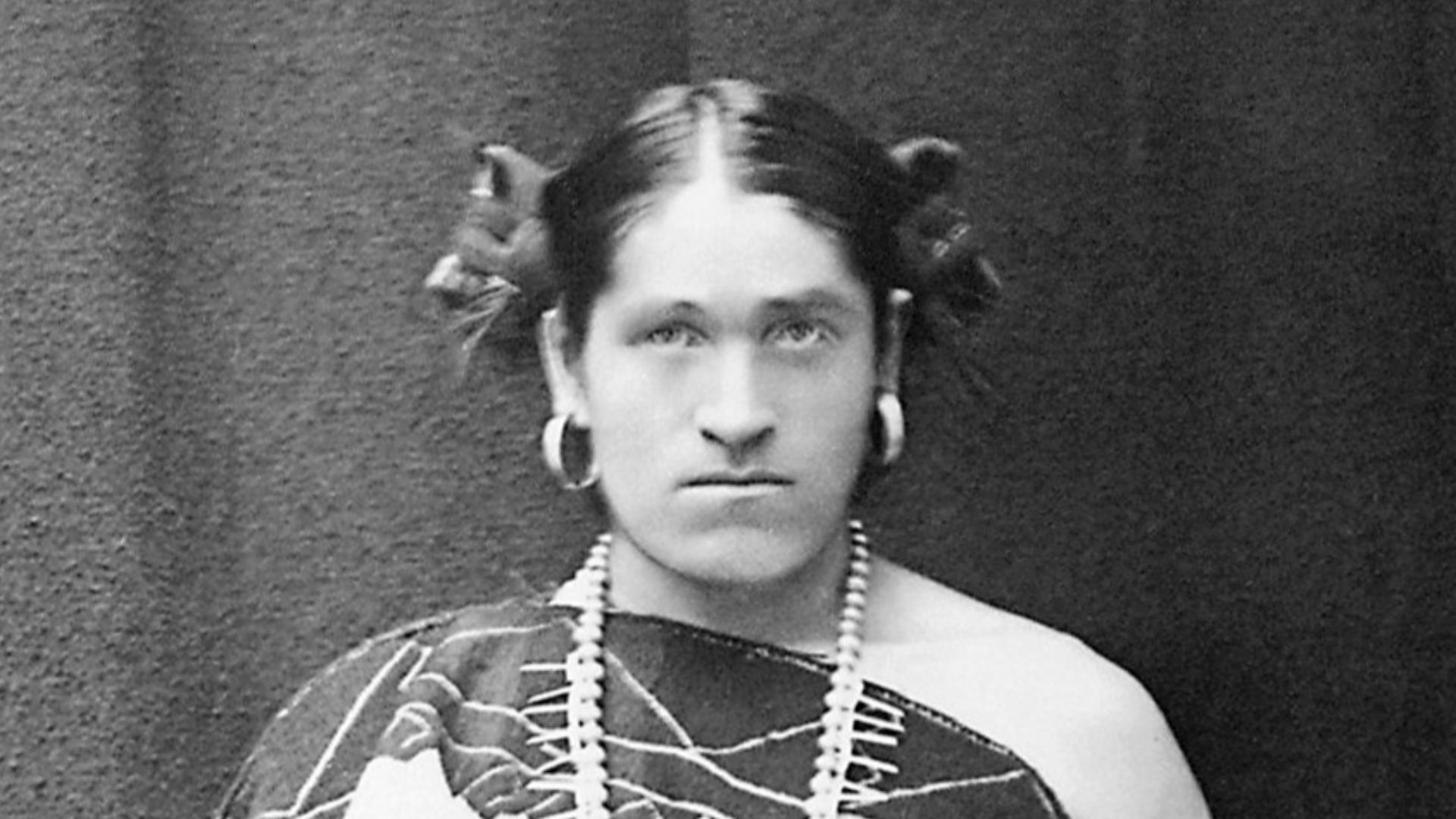 John Karl Hillers, Wikimedia Commons
John Karl Hillers, Wikimedia Commons
Handmade Creations That Outlast Empires
Whether it’s a shard of pottery found in the desert or a turquoise ring passed down through generations, Zuni creations endure. They’ve outlasted colonial empires, wars, and modern change. Each handmade piece is proof that their culture is still very much alive.
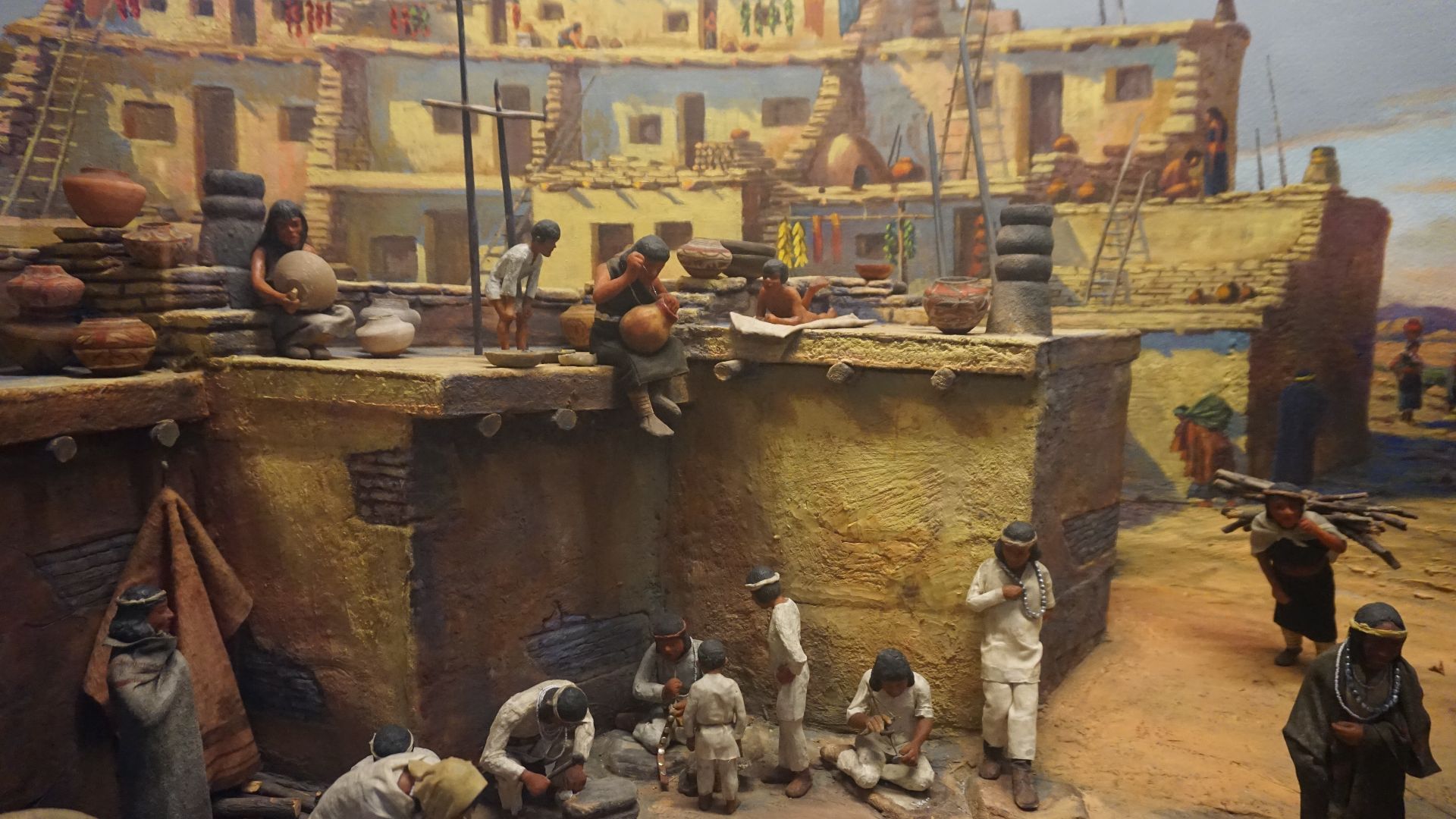 Michael Barera, Wikimedia Commons
Michael Barera, Wikimedia Commons
You May Also Like:
Source: 1

